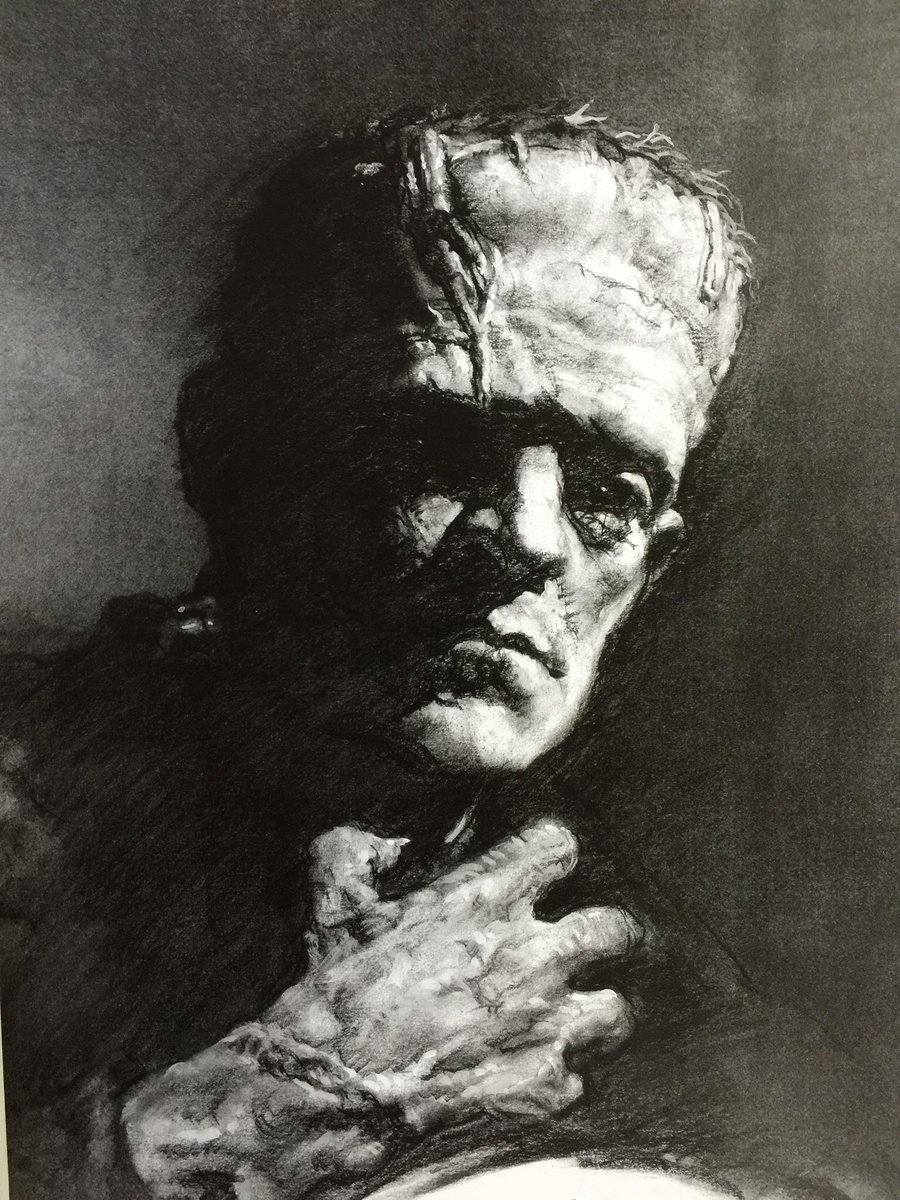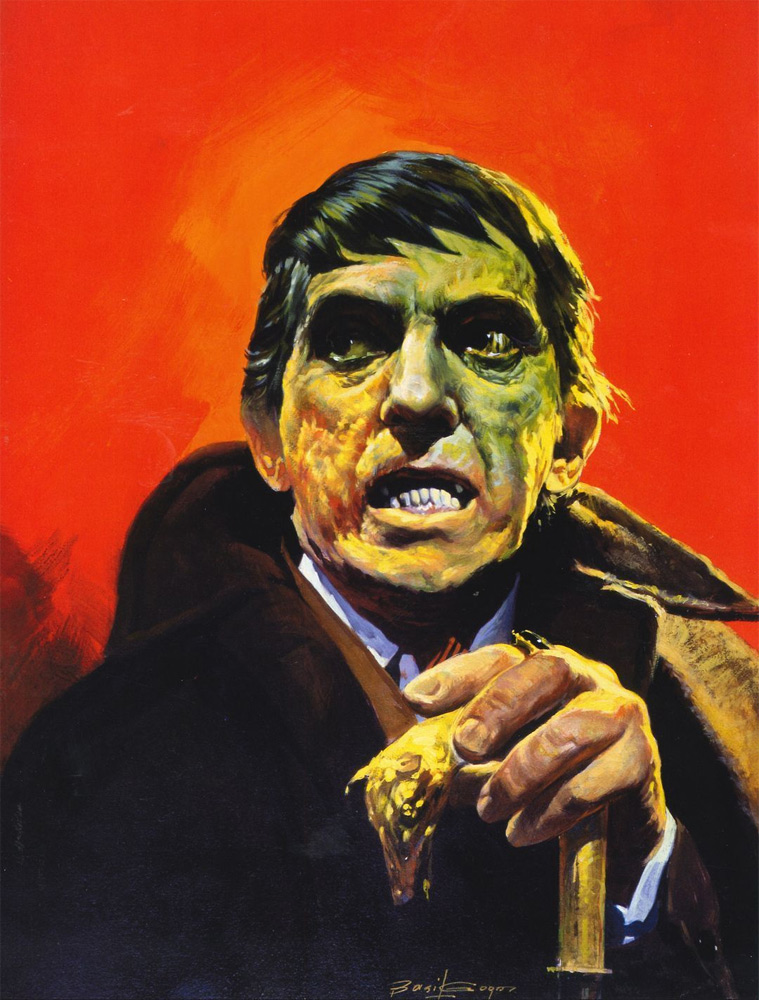 |
| Screenshot #1 |
It's Halloween and in honor of this bewitching day of the year we have a special edition of The Impossibly Difficult Name that Movie Game. There is not one, but FIVE screenshots that you can have the fun of identifying! Each one of these screenshots comes from an American or British made production from the 1920s-1970s. Name the film and you win a prize! Some are easier than usual and others may be a bit tricky, but to reward you for your keen eye we have some treats.....a few special Halloween themed posters and photos. First, try your hand at identifying these images:
 |
| Screenshot #2 |
 |
| Screenshot #3 |
 |
| Screenshot #4 |
 |
| Screenshot #5 |
THE PRIZES
Prizes are awarded on a first guess basis. The first person to identify any of the screenshots above gets their choice of one of these five prizes.
1. The Mummy ( 1932 ) - 12x18" reproduction poster
2. The Bride of Frankenstein ( 1935 ) - 8x10" Glossy Photo
3. The Munsters decal/sticker
4. House on Haunted Hill ( 1959 ) - 11x17" reproduction poster
5. Vincent Price and Kermit the Frog - 5x7" Glossy Photo
Happy Guessing and Happy Halloween!






































